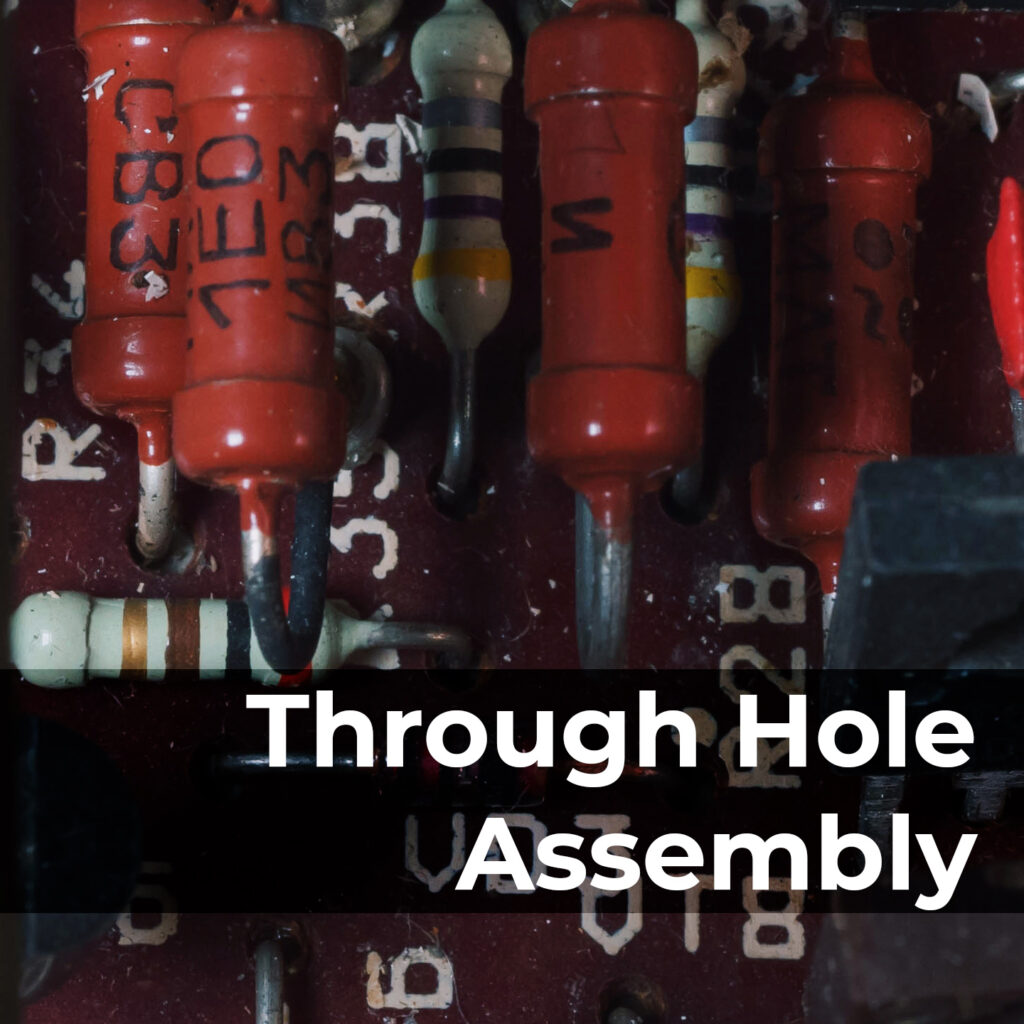PARTS YOURPROJECTS NEED
Having trouble locating obsolete, allocated or hard-to-find electronic components?You need it. We source it. Let us know what you’re looking for and we’ll find it.
In printed circuit board (PCB) manufacturing, through-hole components refer to electronic components that are inserted through pre-drilled holes in the PCB and soldered to create electrical connections. These components have leads or pins that extend through the PCB, allowing them to be soldered on both sides of the board.

Here’s more information about through-hole components and their significance in PCB manufacturing:
Through-hole components are typically larger in size compared to surface-mount components. They have long leads or pins that extend through the drilled holes in the PCB. These components are often used for applications that require higher power handling, mechanical strength, or secure connections.
The assembly of through-hole components is typically done manually. A technician places each component through the drilled hole from one side of the PCB, and the leads or pins protrude from the opposite side. Once all the components are inserted, the leads are soldered to create electrical connections. This manual assembly process allows for easier component placement, especially for components that require higher precision or adjustments during assembly.
Through-hole components offer a higher level of mechanical strength and stability compared to surface-mount components. The leads or pins that extend through the PCB provide a more secure and robust connection, making them suitable for applications that involve mechanical stress, vibration, or environmental factors.
Through-hole components can efficiently dissipate heat generated during operation. The exposed leads or pins extending through the PCB act as heat sinks, allowing heat to dissipate through conduction. This feature is particularly beneficial for components that generate significant heat, such as power transistors or voltage regulators.
Through-hole components are generally easier to replace or rework compared to surface-mount components. If a component fails or needs to be replaced, it can be desoldered, removed, and a new component can be inserted through the hole. This reworkability makes through-hole components advantageous in scenarios where repairs or component replacements are frequently required.
Through-hole components are commonly used in applications where high power, high current, or strong mechanical connections are necessary. They are often found in power supplies, industrial equipment, automotive electronics, audio amplifiers, and other applications that require robust and reliable connections.
It’s worth noting that with the advancement of surface-mount technology (SMT), through-hole components have become less prevalent in certain applications. Surface-mount components offer smaller form factors, higher component density, and improved automation during assembly. However, through-hole components still play a significant role in many industries and applications that require specific characteristics, mechanical strength, or reworkability.